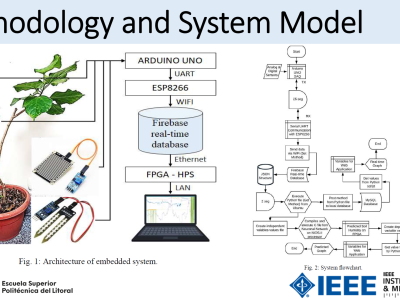FDFD Simulations

- Citation Author(s):
-
Mahshid Asri (Northeastern University)Ann Morgenthaler (Northeastern University)Carey Rappaport (Northeastern University)
- Submitted by:
- Mahshid Asri
- Last updated:
- DOI:
- 10.21227/r8td-a279
- Data Format:
 21 views
21 views
- Categories:
- Keywords:
Abstract
This paper presents a deep learning model for fast and accurate radar detection and pixel-level localization of large concealed metallic weapons on pedestrians walking along a sidewalk. The considered radar is stationary, with a multi-beam antenna operating at 30 GHz with 6 GHz bandwidth. A large modeled data set has been generated by running 2155 2D-FDFD simulations of torso cross sections of persons walking toward the radar in various scenarios.
Instructions:
This data includes two folders. The folder "Images" contains the reconstructed radar images for all the simulated case. Each simulated case contains 4 separate images:
image_casenumber_3.png corresponds to the reconstruced image when the radar focuses on the left arm
image_casenumber_2.png corresponds to the reconstruced image when the radar focuses on the right arm
image_casenumber_1.png corresponds to the reconstruced image when the radar focuses on the middle of the torso
image_casenumber_0.png is generated by combining the images above in a complex format (using their amplitude and phase).
The folder "Masks" contains the ground truth files used for each simulation. The 4 ground truth images corresponding to each case are exactly alike and are added for making the training part easier.







